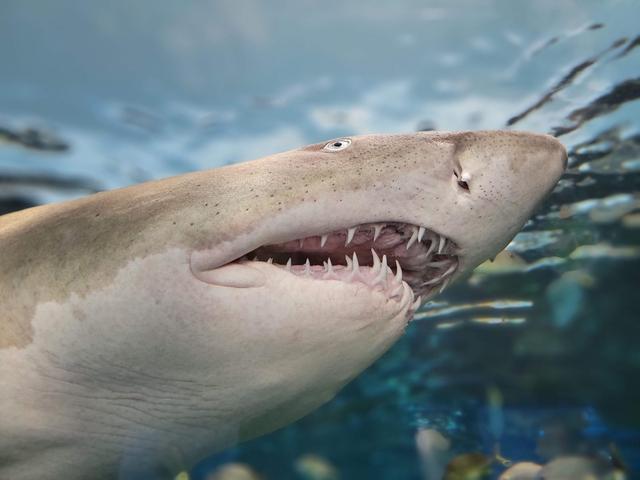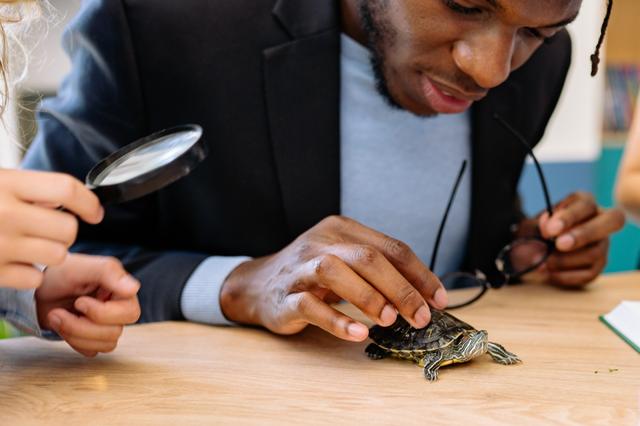Carnivore, herbivore and omnivore teeth (non-statutory)
I can compare the teeth of carnivores, herbivores and omnivores.
Carnivore, herbivore and omnivore teeth (non-statutory)
I can compare the teeth of carnivores, herbivores and omnivores.
These resources will be removed by end of Summer Term 2025.
Lesson details
Key learning points
- Different animals have different types of teeth dependent on the types of food they eat.
- Most omnivores have both flat bumpy teeth and sharp pointed teeth.
- Most carnivores have hard, sharp, pointed teeth to bite, rip and tear their food.
- Most herbivores have large, wide, bumpy teeth to chew and grind their food.
- Scientists make observations to compare animals' teeth and understand what diet an animal may have.
Keywords
Diet - A diet is the variety of food animals or people eat regularly.
Omnivore - An omnivore is an animal that eats both plants and other animals.
Carnivore - A carnivore is an animal that eats mostly animals.
Herbivore - A herbivore is an animal that eats mostly plants.
Compare - We compare things by looking at what is the same and what is different.
Common misconception
Some children may think that all animals' teeth are the same. They may also think that all herbivores only have molars, and all carnivores only have canines and incisors.
By showing images of the teeth of carnivores and herbivores, children will see how animals have different types of teeth, depending on their diet.
To help you plan your year 4 science lesson on: Carnivore, herbivore and omnivore teeth (non-statutory), download all teaching resources for free and adapt to suit your pupils' needs...
To help you plan your year 4 science lesson on: Carnivore, herbivore and omnivore teeth (non-statutory), download all teaching resources for free and adapt to suit your pupils' needs.
The starter quiz will activate and check your pupils' prior knowledge, with versions available both with and without answers in PDF format.
We use learning cycles to break down learning into key concepts or ideas linked to the learning outcome. Each learning cycle features explanations with checks for understanding and practice tasks with feedback. All of this is found in our slide decks, ready for you to download and edit. The practice tasks are also available as printable worksheets and some lessons have additional materials with extra material you might need for teaching the lesson.
The assessment exit quiz will test your pupils' understanding of the key learning points.
Our video is a tool for planning, showing how other teachers might teach the lesson, offering helpful tips, modelled explanations and inspiration for your own delivery in the classroom. Plus, you can set it as homework or revision for pupils and keep their learning on track by sharing an online pupil version of this lesson.
Explore more key stage 2 science lessons from the Introduction to the human digestive system unit, dive into the full secondary science curriculum, or learn more about lesson planning.

Equipment
Images of teeth and skulls from the slide deck or worksheet pre-cut to enable sorting and grouping.
Licence
Starter quiz
6 Questions

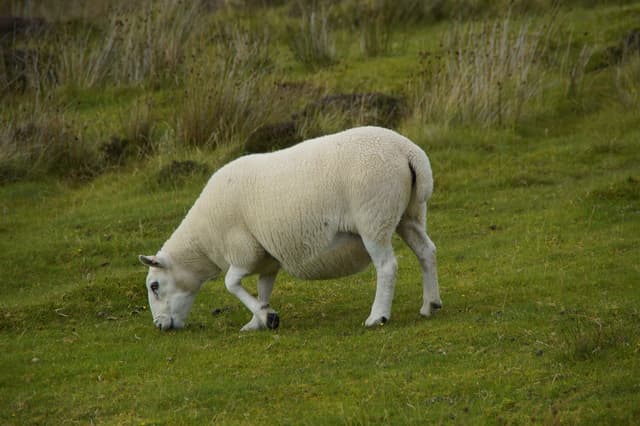


eats bamboo shoots.
eats worms and berries.
eats fish.
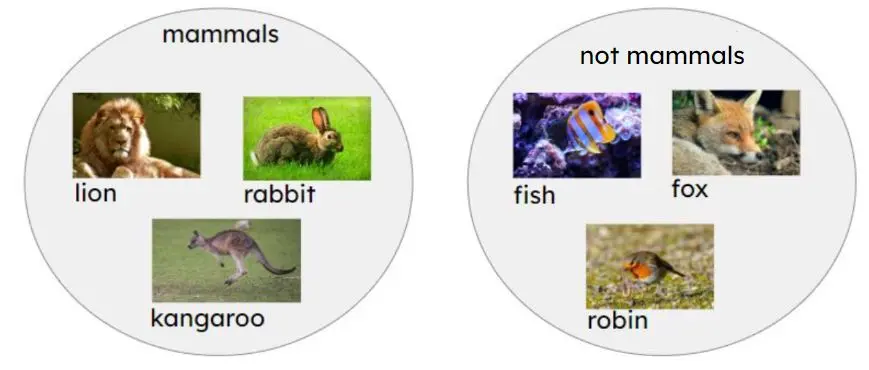
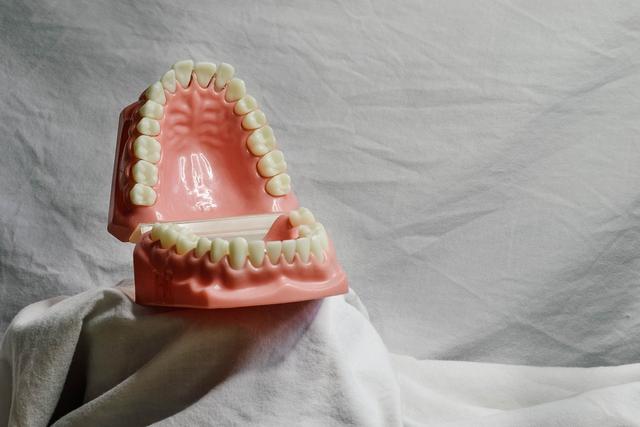
bite and cut food.
grind up and chew food.
tear and rip food.
Exit quiz
6 Questions


mostly have sharp pointed teeth to bite and rip their food.
mostly have wide, flat and bumpy teeth to chew and grind their food.
have sharp teeth to bite and rip and bumpy flat teeth to grind food.

